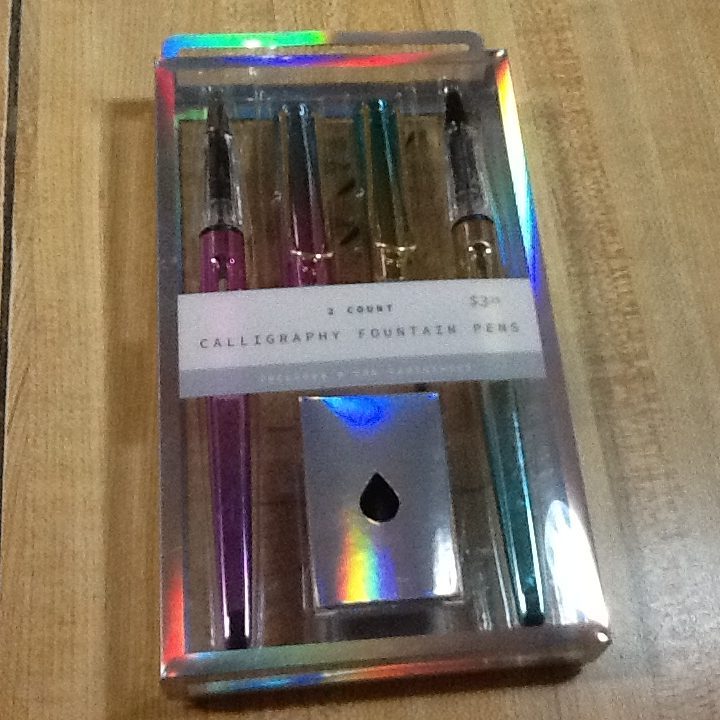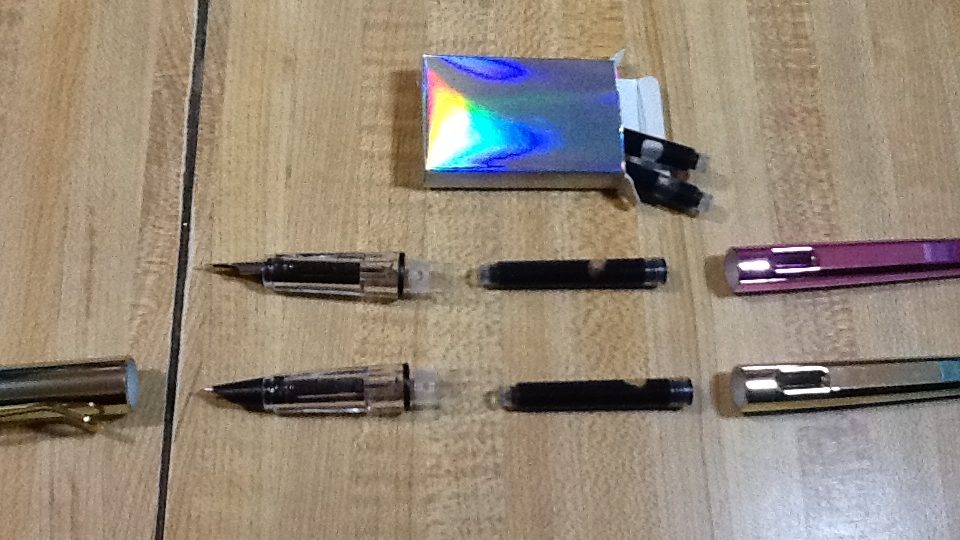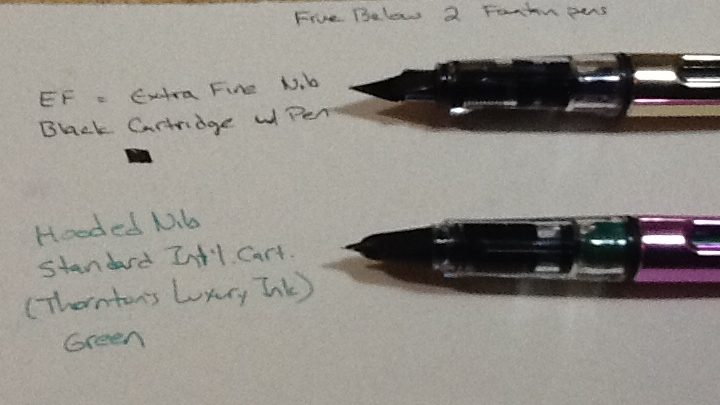My new short stories “Crush” and “Planet 42 Alpha” are out! “Crush” is in Tree and Stone‘s (website: https://www.tree-and-stone.com Twitter/X: @TreeAndStoneMag Facebook: @Tree and Stone Magazine) ‘Queer as F’ Issue #3.
Download the .PDF of “Crush” here:
https://www.tree-and-stone.com/queer-as-f
“Planet 42 Alpha” is out in 4 Star Stories‘ Issue #28.
Read “Planet 42 Alpha” here: https://4starstories.com/story_4.htm
(A prequel, “Planet 38” appeared in an earlier issue of 4 Star Stories. There will also be a sequel titled “Planet 42 Beta” in a future issue of 4 Star Stories.)
Since both stories are part of a linked set of stories, some fans have been asking me where to catch up on the other stories.
Here is a list of the stories in internal chronological order, with links:
1) This is Not a Love Story in Black Denim Lit (October 2015)
Link: https://www.bdlit.com/this-is-not-a-love-story.html
2) “Nightskyman Hope” in Expanded Horizons (January 2016)
Archival link: https://web.archive.org/web/20160405075704/http://expandedhorizons.net/magazine/?page_id=3825
3) “The World in His Throat” in Things We Are Not: An M-Brane SF Magazine Queer Science Fiction Anthology (2009)
Buy a copy here: https://www.barnesandnoble.com/w/things-we-are-not-christopher-fletcher/1115376673?ean=9781449522964
4) “Inducement” in Black Denim Lit (September 2016)
Link: https://www.bdlit.com/inducement.html
5) “Grave’s First Day” in A Coup of Owls Issue #1 (August 2021)
Read or Download the .PDF here: https://acoupofowls.com/2021/08/01/issue1/
6) “Searching” in Black Denim Lit Issue #8 (December 2014)
Link: https://www.bdlit.com/searching.html
Buy a copy here: https://www.barnesandnoble.com/w/black-denim-lit-8-black-denim-lit/1120945723?ean=2940046470680
7) “Nightskyman Hope” in Expanded Horizons (January 2016)
Archived site here: https://web.archive.org/web/20160401171854/http://expandedhorizons.net/magazine/?page_id=3855
8) “Life on Earth” in Expanded Horizons (January 2015)
Archived site here: https://web.archive.org/web/20160401232705/http://expandedhorizons.net/magazine/?page_id=3645
9) “No Woman, No Plaything” in Kaleidotrope (October 2012)
Link: https://kaleidotrope.net/archives/autumn-2012/no-woman-no-plaything-by-lisa-shapter/
10) “Planet 38” in Four Star Stories (Summer 2013)
Link: https://4starstories.com/4StarStories_Archive_Issue10/story_4.htm
11) “Planet 42 Alpha” is out in 4 Star Stories‘ Issue #28 (February 2024)
Link: https://4starstories.com/story_4.htm
12) “Planet 42 Beta” is out in a future issue of 4 Star Stories‘ (forthcoming)
Link: Not yet out
13) “Planet 50” in Black Denim Lit (September 2015)
Link: https://www.bdlit.com/planet-50.html
14) “Crush” in Tree and Stone‘s ‘Queer as F’ Issue #3 (December 2023)
Download the .PDF here: https://www.tree-and-stone.com/queer-as-f
15) “The Other Two Men” (Play, produced Summer 2016)
Archived review: https://www.portsmouthnh.com/stirring-sci-fi-at-the-ring/
And an unrelated alternate history novella set in New England about the unintended side effects of a WWII-era drug developed to create affinity between an interrogator and interrogatee:
A Day in Deep Freeze Aqueduct Press (Conversation Pieces series no. 46) (April 2015).
Buy a copy here: https://www.barnesandnoble.com/w/a-day-in-deep-freeze-lisa-shapter/1121682868?ean=2940151492928
An finally, sign up for my mailing list for early access to future announcements here:
https://lisashapter.com/tag/my-mailing-list
-Lisa Shapter











